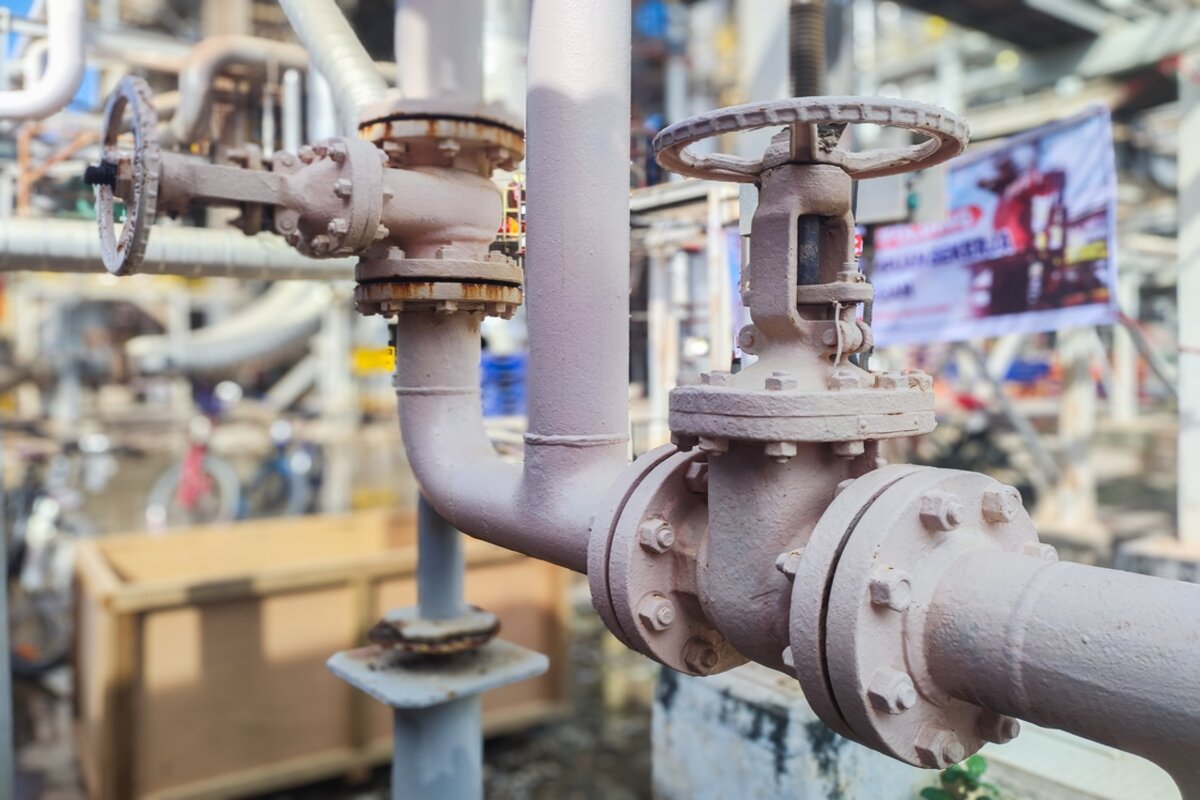Valves are crucial in controlling the flow, pressure, and direction of fluids in industrial systems. When they malfunction, it can cause costly downtime and safety issues. This guide will cover common valve problems, their causes, and practical solutions. You’ll learn about installation, preventive maintenance, and repair techniques to keep your valves functioning reliably and ensure smooth operations.
Troubleshooting Common Valve Problems
Despite your best efforts at proper installation and preventive maintenance, valves can still encounter a variety of problems that require troubleshooting and repair. Let’s explore some of the most common valve issues and the steps you can take to diagnose and resolve them.
Valve Leaks
Leaks are one of the most prevalent valve problems, and they can occur in two primary forms: seat leaks, where the leak is contained within the valve, and shell leaks, where the leak is external and releases fluid into the atmosphere.
To troubleshoot a valve leak, begin by testing the valve’s operation to determine the nature of the leak. Inspect the internal components, such as the seats, O-rings, and stem tips, for signs of wear or damage. If the issue is isolated to a specific component, consider replacing it with a new part from the valve manufacturer.
Valve Sticking or Binding
When a valve becomes stuck or binds, it can no longer reliably control the flow of fluid through the system. This problem is often caused by a buildup of contaminants, corrosion, or improper lubrication.
Start by disassembling the valve and thoroughly cleaning all internal components. Examine the valve stem, seat, and other moving parts for signs of wear or damage, and replace any worn components as necessary. Ensure that the valve is properly lubricated according to the manufacturer’s recommendations.
Valve Chatter or Vibration
Excessive valve chatter or vibration can lead to premature wear, seal failure, and even structural damage to the valve and surrounding components. Common causes include high flow velocities, insufficient system damping, or improper valve installation. To address valve chatter or vibration, consider adjusting the system’s flow parameters, adding damping devices (such as accumulators or snubbers), or re-evaluating the valve’s installation to ensure it is properly supported and oriented. Valve Failure to Actuate If a valve fails to open or close as expected, the issue may lie with the valve’s actuator or the control system that operates it. Troubleshoot by checking for power or signal issues, verifying the actuator’s functionality, and inspecting the valve’s internal components for any obstructions or binding.
Valve Cavitation or Flashing
Cavitation and flashing can occur when a valve experiences a rapid pressure drop, leading to the formation of vapor bubbles that can cause damage to the valve and surrounding components.
To mitigate these issues, ensure that the valve is properly sized and selected for the system’s pressure and flow demands. Consider installing pressure-reducing devices upstream or downstream of the valve to help stabilize the pressure.
By familiarizing yourself with these common valve problems and the steps to diagnose and resolve them, you’ll be better equipped to keep your fluid system running smoothly and efficiently.
Valve Repair and Replacement Strategies
In some cases, valve issues may require more extensive intervention, such as repair or replacement. Understanding the appropriate strategies for these actions is crucial for minimizing downtime and ensuring the long-term reliability of your fluid system.
Valve Repair
Many valve problems can be addressed through targeted repairs, which often involve replacing worn or damaged internal components. This approach can be more cost-effective than a complete valve replacement, especially for high-value or specialized valves. When repairing a valve, always consult the manufacturer’s recommended procedures and use only genuine replacement parts. Improper repair techniques or the use of incompatible components can compromise the valve’s performance and potentially introduce new issues. Valve Replacement In some instances, the best course of action may be to replace the valve entirely. This may be necessary when the valve has sustained significant damage, such as severe corrosion or structural failure, or when the cost of repairing the valve outweighs the cost of a new unit.
When selecting a replacement valve, carefully evaluate the system’s requirements and ensure that the new valve is compatible with the existing infrastructure. Consider factors like flow capacity, pressure and temperature ratings, and material compatibility to ensure a seamless transition.
Managing Valve Inventory
Maintaining an appropriate inventory of spare valves and replacement parts can greatly streamline the repair and replacement process, minimizing downtime and ensuring that you have the necessary components on hand when issues arise.
Work closely with your valve supplier to develop a strategic inventory management plan, taking into account factors such as lead times, criticality of the valves, and the frequency of past failures. This proactive approach can help you respond quickly and effectively to valve-related problems, keeping your fluid system running at peak performance.
Leveraging Valve Expertise
When it comes to selecting the right valves for your fluid system, don’t hesitate to tap into the expertise of your valve supplier or a qualified fluid system specialist. These professionals can provide valuable guidance on the most suitable valve options, taking into account the unique requirements of your application and helping you avoid potential pitfalls.
Embracing a Holistic Approach to Valve Management
Effective valve management involves proper installation, preventive maintenance, and strategic troubleshooting and repair. This approach ensures the reliability, efficiency, and safety of your fluid system, boosting overall performance. Investing in the care of these crucial components will lead to smoother and more productive operations. For more information on industrial valves, contact Lindberg Process Equipment today.





